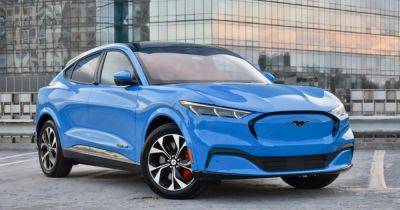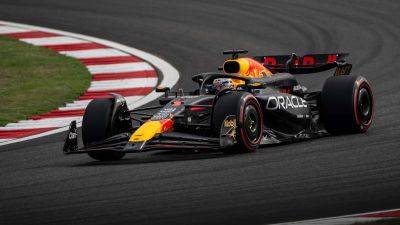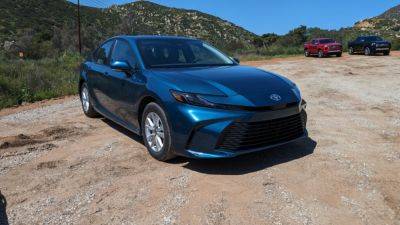F1 Just Updated Its Power Unit Regs for 2026. Here’s What to Expect
If you're one of the many Formula 1 fans getting a little tired of the dominance of Red Bull Racing and Max Verstappen, there's a good chance you've got your eyes firmly set on 2026. That's when we'll see a massive change in power unit regulations and—in theory—a shake-up in the current hierarchy. Those regulations just got an overhaul, and we'll run you through a few key changes so you know what to expect.
The fundamental power unit regulations have remained the same. The fuels powering the cars still need to be fully sustainable, and teams will be able to use less of those fuels thanks to a more efficient engine that can still make over 1,000 horsepower. The electrical components of the power unit are still going to become more prevalent, and they'll still use energy more efficiently than they currently do. What we're talking about today are some minor tweaks that can help that general picture come into better focus.
If you're looking to check out the regulations directly, you're in luck; the FIA not only publishes its regulations on its website but also highlights any alterations to the text with a pink-colored font. The most recent 2026 power unit regulations were approved by the World Motorsport Council and published on March 29, 2024. You can also check out previous technical regulations dating back to 2018 if you're the kind of human who revels in details.
If you've heard anything about these updated regs, you've probably heard about something called «override mode.» Even though we're still looking at 1,000 horsepower engines, the actual power coming from the combustion element will be reduced from 560 kW down to 400 kW, or 535 bhp. The electrical part of the power unit is getting a power boost, from 150kW up to 350kW, or 470bhp — and it looks like drivers will also be able to access a little extra power courtesy of something called «override mode.»
By enabling «override mode,» drivers can access a boost of power for a temporary amount of time that can increase top speed to 220.5 mph. If you've watched America's IndyCar series, you've seen a similar concept at work; drivers are allocated a limited amount of extra power to overtake a car in front or defend







